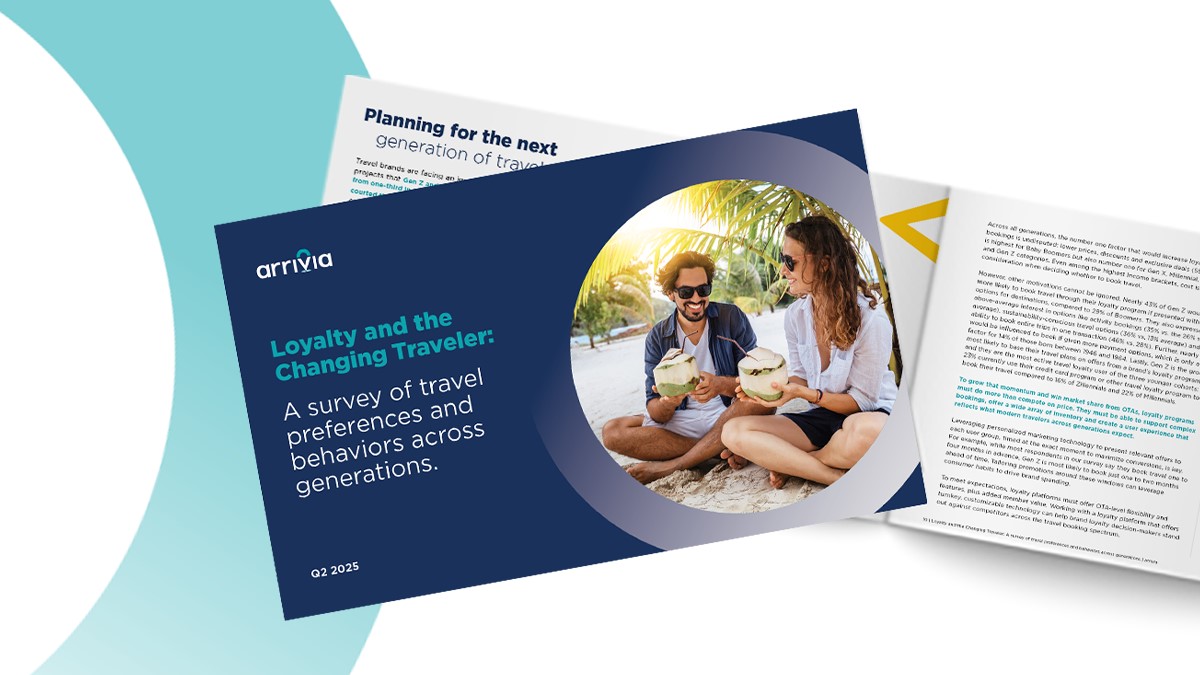In today’s ultra-competitive, consumer-centric business environment, effective customer complaint management isn’t just about resolving issues—it’s about exceeding expectations. An outstanding 81% of consumers agree positive customer service experiences increase the likelihood of repeat purchases, and 80% feel more emotionally invested when customer service solves their problem.
In other words, customer complaint management is often the determining factor for building lasting customer relationships, attracting loyal customers, and enhancing brand reputation. Explore the top transformative strategies for turning customer complaints into constructive opportunities, complete with actionable tips to enhance customer satisfaction and drive long-term loyalty.
What is Complaint Management?
Complaint management refers to a systematic process deployed to address customer grievances, concerns, or dissatisfaction with a business, product, or service. It encompasses recognizing, recording, and resolving customer complaints as well as analyzing and, when necessary, amending company policies and procedures to prevent recurring issues that impede user satisfaction.
Customer complaint management is paramount in the modern business landscape, particularly at a time when word-of-mouth reviews travel rapidly across platforms like social media. Each time a customer complains, it introduces a new opportunity to not only rectify a singular issue but also revitalize a brand’s total reputation. Complaint handling is vital to foster long-term trust.
What Are the 5 Steps to Handle Customer Complaints?
Customer complaint management can take several shapes depending on the industry. For instance, a restaurant or dining group will likely offer a complimentary meal when a customer complains, whereas a cruise line or hotel chain is more likely to offer a discounted booking rate. Regardless of the industry, however, you can anticipate these five steps for effective complaint handling:
- Acknowledge the Problem. Admit that an error or inconsistency has impacted the customer experience.
- Empathize and Apologize. Reiterate the repercussions of the error and validate the customer with a sincere apology.
- Promptly Offer a Solution. Offer a timely solution that addresses the main problem and any subsequent repercussions.
- Execute and Record the Solution. Move forward with the agreed-upon plan and log the customer ID, complaint, and resolution.
- Follow Up with Customers. Circle back with customers after the fact to confirm the solution has alleviated the problem.
Understanding the Importance of Effective Customer Complaint Management
As per a recent global survey, more than 60% of business leaders attribute better customer service to higher customer retention and company growth rates. That’s because every customer complaint is a direct line between customers and the undiscovered gaps in your service. Promptly addressing these issues demonstrates how much you value the customer experience with your brand.
On the other hand, failing to adopt customer complaint management strategies will have the total opposite effect: your company will appear to not care about your customers. Moreover, in an increasingly digital era when consumers can easily share their experiences online, addressing complaints head-on helps maintain brand integrity and minimize negative publicity.
Not to mention, successful customer complaint management increases the likelihood of aggrieved customers returning to your business after their problems have been solved. An incredible 95% of consumers claim effective complaint management has a positive impact on brand loyalty, compared to the 61% of customers that would defect to a competitor after just one bad experience.
Implementing a Proactive Complaint Management Strategy
Implementing an effective complaint management process begins by establishing a culture of service excellence. A culture of service excellence emphasizes customer satisfaction above all, meaning every team member—from frontline staff to upper management—understands the value of each customer complaint. It’s a culture that relies on proper training for service staff.
Frontline employees are often the first point of contact for aggrieved customers, so equip them with the necessary tools, training, and authority to address complaints more effectively, such as role-playing sessions, detailed FAQ repositories, and guidelines for complaint escalation. Management should also be given open channels of communication to instill this culture company-wide.
From here, develop a comprehensive complaint management system to address negative feedback. A complaint management system is a defined process to ensure uniformity in solving complaints, including a clear framework for employees and a category system for complaints. For instance, critical complaints may be instantly escalated to higher management for swift resolution.
Deploying the Right Complaint Management Software
Complaint management software is often the cornerstone of complaint management systems, helping establish a seamless service experience that better meets consumer needs. Here at arrivia, we leverage Medallia for surveying customers and generating Net Promoter Scores (NPS), as well as the LiveVox omnichannel cloud contact center platform for real-time customer conversations.
The software suite, referred to as TCS, has enabled our around-the-clock support team to field over 3.5 million queries per year across online chat, SMS text, email, and phone. Moreover, the TCS system implemented call quality scorecards and reporting capabilities that enabled us to track customer complaints and identify potential ‘hotspots’ without listening to calls one by one.
A fraction of the results of deploying the right complaint management software include:
- Double the sales conversion of traditional phone sales
- 224% increase in sales year-over-year
- 33% one-call closing rate
- 75% member show rate
Tips for Turning Complaints into Opportunities for Improvement
Effective customer complaint management can significantly influence both current and potential customer’s perceptions of your brand, helping to turn grievances into growth opportunities. Beyond the five steps for handling customer complaints, what are three strategies for dealing with customer complaints? They are active listening, timely resolutions, and learning from customer feedback.
Leveraging Active Listening and Empathy
Nearly one-third of consumers say professional customer service teams are an important factor in brand loyalty. As such, characteristics like active listening and empathy play major roles in the complaint resolution process. Active listening involves genuinely paying attention to customer concerns without interrupting or getting defensive, whereas empathy involves understanding and sharing customers’ feelings to defuse tense situations and make customers feel truly valued.
Offering Timely and Fair Resolutions
The top consumer frustrations when communicating with customer service teams are waiting on hold (63%), having to repeat information (51%), and not getting the issue resolved quickly (37%). Therefore, speed is the name of the game for complaint handling. Swift action demonstrates that you take complaints seriously. Whether it’s a product replacement, a refund, or an apology, ensuring that solutions are fair and timely can enhance customer satisfaction and win back loyal customers.
Learning from Customer Feedback
It goes without saying that complaints are a goldmine of direct feedback. They highlight areas of improvement, be it in product design, service delivery, or brand communication. Implementing changes based on customer feedback not only rectifies existing issues but also preempts future complaints before they even happen. With a proper complaint management system, you can easily demonstrate how much you value your customers’ opinions and their ongoing satisfaction.

Going Above and Beyond: Exceeding Customer Expectations
As we mentioned earlier, effective customer complaint management isn’t just about resolving issues—it’s about exceeding expectations. Apart from solving customer complaints, go the extra mile by offering an unexpected discount, freebie, or customized gesture to create memorable experiences and turn a negative encounter into a positive association with your brand.
Likewise, remember to personalize the experience when handling customer complaints. After all, everyone likes to feel special, and 90% of consumers spend more with brands that personalize their customer service. Recognizing repeat customers, remembering their preferences, or even addressing them by their names can make interactions more personal, fostering brand loyalty.
Lastly, don’t forget to follow up to ensure complete customer satisfaction. After resolving a complaint, a simple follow-up call or email to check if the customer is satisfied with the solution can reinforce the idea that you genuinely care about their experience. Plus, a follow-up message is a great opportunity to persuade customers to update any negative feedback published online.
Boosting Loyalty Through arrivia’s Travel Rewards Platform
Customer complaint management focuses on one thing: enhancing customer satisfaction and, with it, long-term brand loyalty. If you’re seeking methods to go above and beyond with complaint handling in your business, look to the power of travel loyalty rewards. Given the universal appeal of travel, travel rewards appease dissatisfied customers and turn them into brand ambassadors.
With over 25 years of experience and partnerships with brands like American Express® and Marriott Vacation Club®, arrivia provides unparalleled expertise in infusing loyalty programs with enticing travel rewards. Whether it’s unique travel discounts, personalized offers, or inspiring memberships, arrivia‘s platform is a trusted tool to enrich your customer’s satisfaction.
To learn more about how to boost loyalty with a travel rewards program, read more here!



